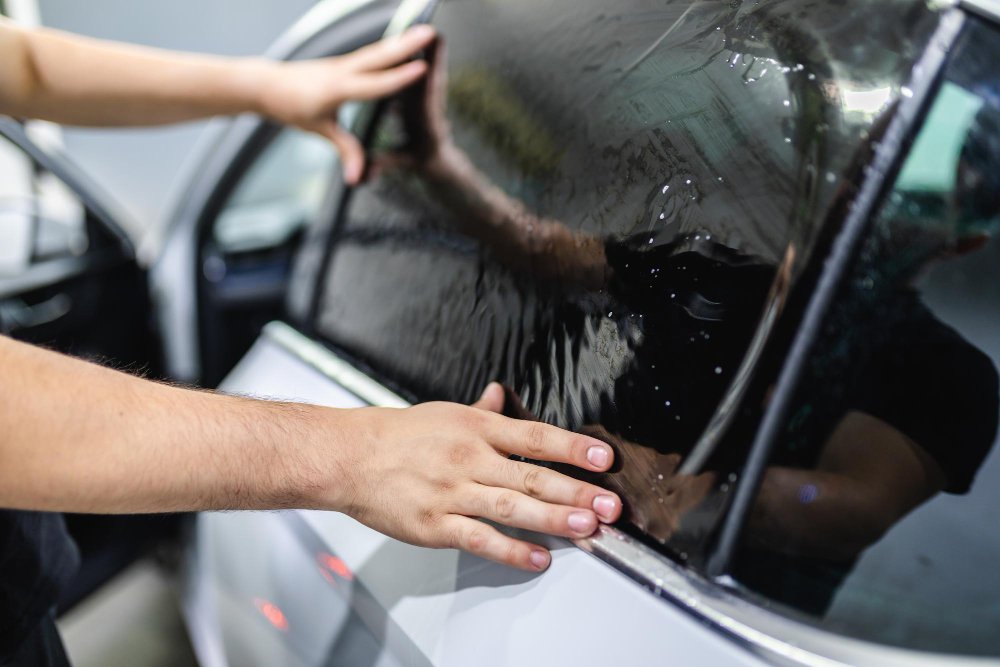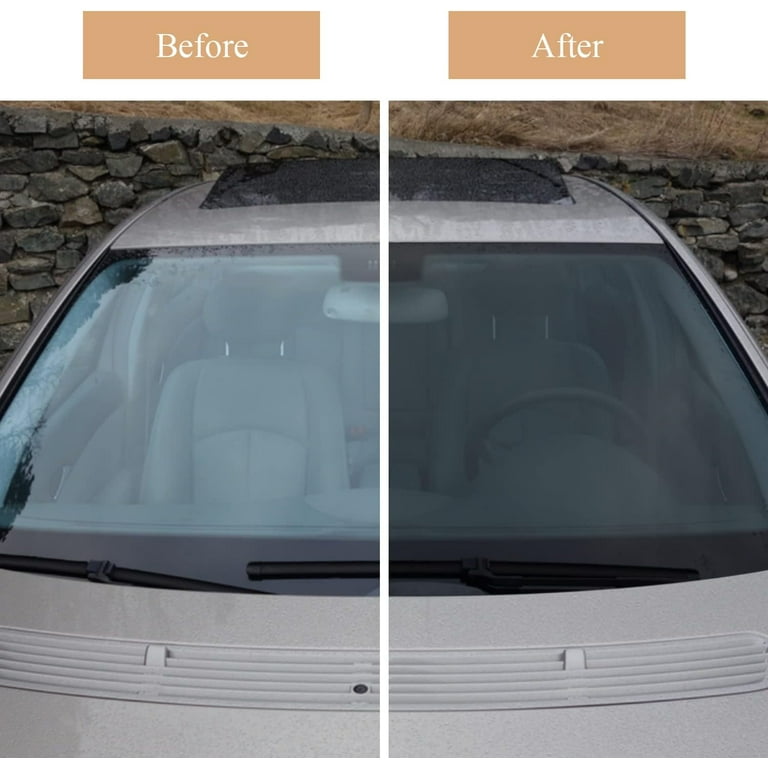Automobile Window Tinting: Tips for Keeping a Professional Complete
Automobile Window Tinting: Tips for Keeping a Professional Complete
Blog Article
Home Window Tinting Rules and Standards: What You Required to Know Before Tinting Your Automobile
Prior to continuing with window tinting for your automobile, it is important to acquaint yourself with the varied laws and standards that regulate this technique throughout different states. These regulations dictate the acceptable levels of color darkness, usually measured by noticeable light transmission (VLT) percentages, and include certain terms for front windshields aimed at making certain roadway safety.
Overview of Home Window Tinting Laws
Window tinting legislations are regularly subject to variant throughout various territories, mirroring neighborhood regulations and safety considerations. These legislations dictate the allowable degrees of color darkness and reflectiveness on vehicle home windows, guaranteeing that vehicle drivers keep sufficient exposure while additionally securing versus dangerous UV rays and warm.
The majority of policies categorize window tinting based on the Visible Light Transmission (VLT) percent, which shows the quantity of light that can go through the window. Typically, reduced VLT portions symbolize darker colors. Legislations usually distinguish between the front, side, and rear home windows, with more stringent limitations related to the front windshield to enhance safety for both the chauffeur and various other road users.
Conformity with home window tinting guidelines is important, as infractions can result in fines, required removal of the color, and possible boosts in insurance policy costs. It is important for vehicle proprietors to acquaint themselves with regional legislations prior to proceeding with window tinting installations.
State-by-State Tint Laws
Comprehending the particular home window tinting policies in each state is essential for lorry proprietors seeking to follow the law. Each state in the U.S. has established its very own set of regulations regulating home window tinting, which can differ considerably. These guidelines commonly dictate the allowed levels of tint darkness, the kinds of windows that can be tinted, and any type of medical exemptions that may use.
For instance, states like California have stringent restrictions on tint darkness for front windows, while others, such as New Mexico, might permit darker colors. In addition, certain states mandate specific exposure portions for various home windows, consisting of the windshield, front side home windows, and rear windows. It is vital for auto owners to familiarize themselves with their state's legislations to avoid possible penalties or penalties.
Furthermore, some states might need an accreditation sticker label to be put on tinted home windows, suggesting compliance with state regulations. Failure to abide by these regulations not only risks legal consequences yet can additionally influence safety and exposure while driving. Car proprietors need to conduct comprehensive research study or speak with local authorities to ensure complete understanding and conformity with state-by-state color policies.
Allowed Color Types and degrees
Several lorry owners might be surprised to find out that permitted tint degrees and types vary extensively across various states. Each state has established its very own policies regarding the permitted darkness and reflectivity of home window tint, often determined by Visible Light Transmission (VLT) percentages. VLT refers to the amount of light that can travel through the tinted windows; therefore, a reduced percentage suggests a darker tint.

In addition, the kinds of color products permitted can differ, with some states restricting metallic or mirror-like surfaces. It is crucial for car owners to acquaint themselves with their state's particular laws to ensure conformity. Non-compliance can cause fines, compulsory elimination of the color, or various other lawful consequences, making it important to understand these laws before waging setup.
Medical Exceptions for Tinting
While not all states provide allowances for clinical exceptions pertaining to home window tinting, those that do acknowledge the requirement for details individuals to enhance visibility and convenience as a result of medical conditions. Various medical conditions, such as lupus, skin cancer, and certain eye conditions, can render individuals particularly sensitive to sunlight. Consequently, these individuals may need darker colors to secure themselves from hazardous UV rays and glare.

It is essential to keep in mind that despite having a clinical exception, there might still be limitations on the level of color allowed. Compliance with state laws makes certain that people are both safeguarded and within lawful limitations. Those taking into consideration medical exceptions ought to call their local Department of Motor Automobiles or official source comparable authority to comprehend the treatments and demands needed to request an exception efficiently.
Charges for Non-Compliance
Failing to follow home window tinting legislations can result in considerable fines, which differ by state. Legislation enforcement agencies are encouraged to release citations for vehicles that do not comply with the defined tinting regulations. These charges commonly include penalties, which can vary from modest amounts to numerous hundred bucks, depending on the severity of the violation and the state concerned.
In some jurisdictions, repeated offenses may cause escalating penalties or added penalties, such as necessary court looks. In addition, non-compliance might necessitate the removal of unlawful tinting, usually at the proprietor's expense. In severe situations, regular culprits might encounter suspension of their car enrollment until compliance is accomplished.
In addition, insurance implications may develop from receiving several citations for home window color offenses. Insurance providers may check out such violations as an indicator of riskier actions, possibly leading to enhanced premiums or difficulty in coverage.
To prevent these charges, it is vital for automobile proprietors to acquaint themselves with their regional home window tinting regulations and guarantee that their car complies (Window Tinting). This aggressive approach not only prevents legal implications yet also promotes roadway safety and security
Verdict

A lot of guidelines classify window tinting based on the Visible Light Transmission (VLT) percent, which suggests the quantity of light that can pass through the home window. Compliance with home window tinting regulations is vital, as offenses can result in fines, compulsory removal of the color, and potential boosts in insurance policy premiums.Understanding the particular window tinting laws in each state is important for car proprietors looking for to comply with the legislation. These laws frequently dictate the allowed degrees of tint darkness, the kinds of home windows that can be tinted, and any type of clinical exceptions that might use.
For circumstances, states like California have rigorous constraints on color darkness for front home windows, while others, such as New Mexico, might permit darker tints.
Report this page